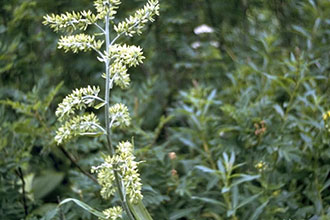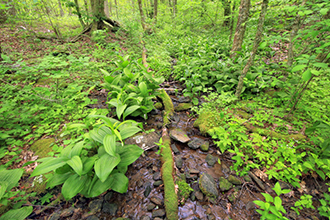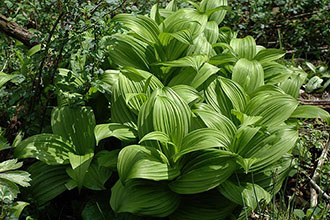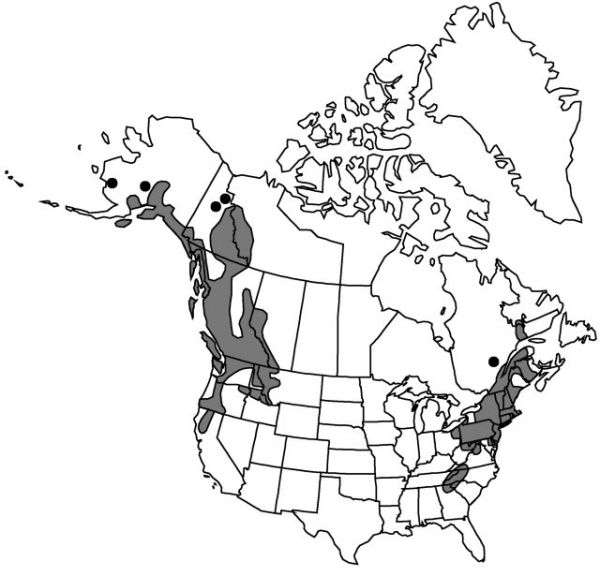Taxonomy: Kingdom - Plantae (plants). Subkingdom - Tracheobionta (vascular plants). Superdivision - Spermatophyta (seed plants). Division - Magnoliophyta (flowering plants). Class - Liliopsida (monocotyledons). Subclass - Liliidae. Order - Liliales. Family - Liliaceae (lily family). Genus - Veratrum L. (false hellebore). Species - Veratrum viride Aiton (green false hellebore).
Ecology: Grows in swamps, wet woods, meadows, mountains, forest, or natural areas in moist woods, along stream banks.



